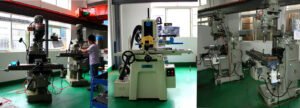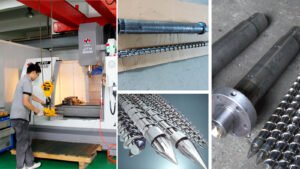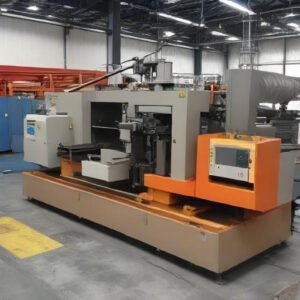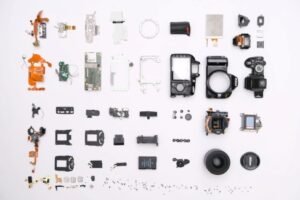Contents
- How Injection Molding is used in the Medical Industry
- What is Injection Molding?
- Why Choose Injection Molding?
- Injection Molding in the Medical Industry
- Is Injection Molding Compliant With FDA Requirements?
- Medical Devices that Are Typically Produced by Injection Molding
- Syringes
- Surgical Needles
- Medical Boxes
- The Importance of Plastic Injection Molds
How Injection Molding is used in the Medical Industry
The medical industry is growing to be one of the largest giants in the US, accounting for 18.3% of the country’s GDP in 2021. Medical devices and medicines are crucial for all healthcare systems, so the demand is always consistently high.
Injection molding is the perfect method of production that enables you to meet these demands, taking on massive orders that reap you thousands of dollars. This article will go into detail about how injection molding is used in the medical industry as well as the steps you could take to start your own injection molding production line.
What is Injection Molding?
Injection molding is a method of production where engineers melt thermoplastic materials or resins beyond their melting point, and then pour that material into a mold. The mold is cast in the shape and size of the finished product that the producer has in mind. When the molten materials get poured into the mold, they will then quickly fill all the compartments inside the mold, gradually taking on its shape.
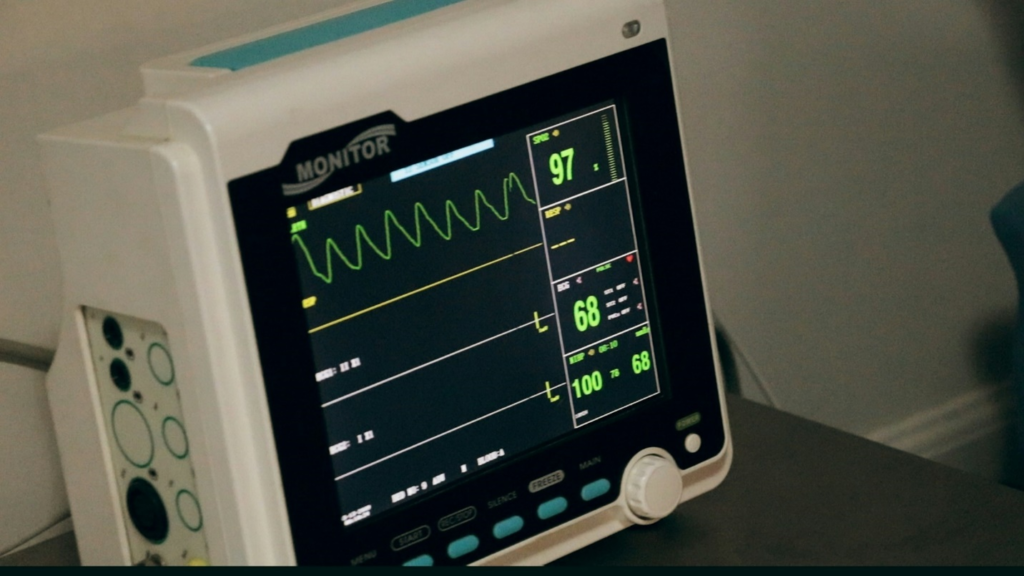
The engineers will then add use coolants to cool down the mixture, which will gradually harden. The end result is a finished product that looks just like the mold in shape, size, and consistency.
Why Choose Injection Molding?
Injection molding is a fast and reliable way to mass-produce high-quality parts with ease. Injection molding is very precise compared to other methods such as compression molding, so it has a very solid spot in industries such as automotive parts, airplane parts, and the medical industry.
Injection molding is also a highly scalable method of production. It can be scaled to match high-volume orders at a reasonable pace, enabling you to safely take on these orders without risks. If you only wish to produce on a small scale, injection molding is still a great method to choose thanks to short-run injection molding.
The biggest downside with injection molding is the high setup costs, as you have to create a reliable mold with laser-focused precision. Some injection molding machinery and tools can be quite expensive as well.
Injection Molding in the Medical Industry
The medical industry needs plenty of medical devices to fill the gaps in hospitals as well as medical centers. These are much-needed lifesaving devices, so they are very highly sought after. Injection molding can fill in this gap thanks to its amazing scalability and top-notch precision. With injection molding, production facilities can achieve compliance with the ISO-13485 standard with ease.
Medical devices need to be precisely made as much as possible in order to avoid mismatches or potential infection chances. Normal production methods such as compression molding might not be able to achieve this level of precision, but injection molding can. So long as the mold shares the same shape, size, and consistency with the finished product, you can reliably produce thousands of products that satisfy even the most stringent QC requirements.
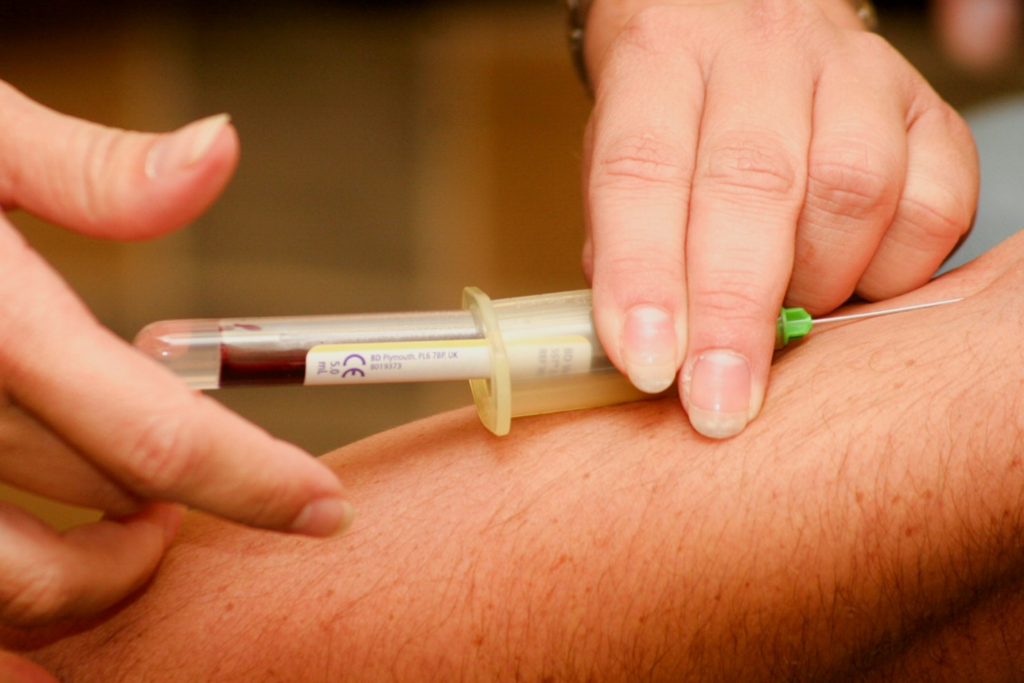
Injection molding also enables you to scale production with ease. When you need to produce massive numbers of medical devices on a daily basis, injection molding helps you to cut down on costs a great deal, as most steps are already automated. There is little need for manual work, so your employees can focus on making important adjustments and calibrations.
Is Injection Molding Compliant With FDA Requirements?
When you are manufacturing medical devices as well as medical parts, there are some very stringent regulatory requirements you have to meet, otherwise your products will not be used, costing millions of dollars. The FDA requirements are among the most popular requirements that you have to meet.
The FDA set of requirements does not go into details regarding which production method is not allowed, but they have very specific requirements when it comes to the materials as well as the parts’ dimensions and shape. Injection molding as a method is compatible with most of the materials that comply with FDA requirements, making it the prime candidate for medical device production. Furthermore, the fact that this method can produce high-precision parts means that easily meets the requirements.
Medical Devices that Are Typically Produced by Injection Molding
It is possible to make most medical devices using injection molding, but there are some parts that stand out compared to the rest.
Syringes
Every country uses syringes in their healthcare system. The humble syringe is a world-changing invention that makes medical care much easier, and it is so hard to imagine hospitals running out of syringes. This is why syringes are always in high demand, and each bulk order is massive. Injection molding is used to produce syringes because it can quickly and accurately meet these orders, ensuring the continuation of healthcare systems.
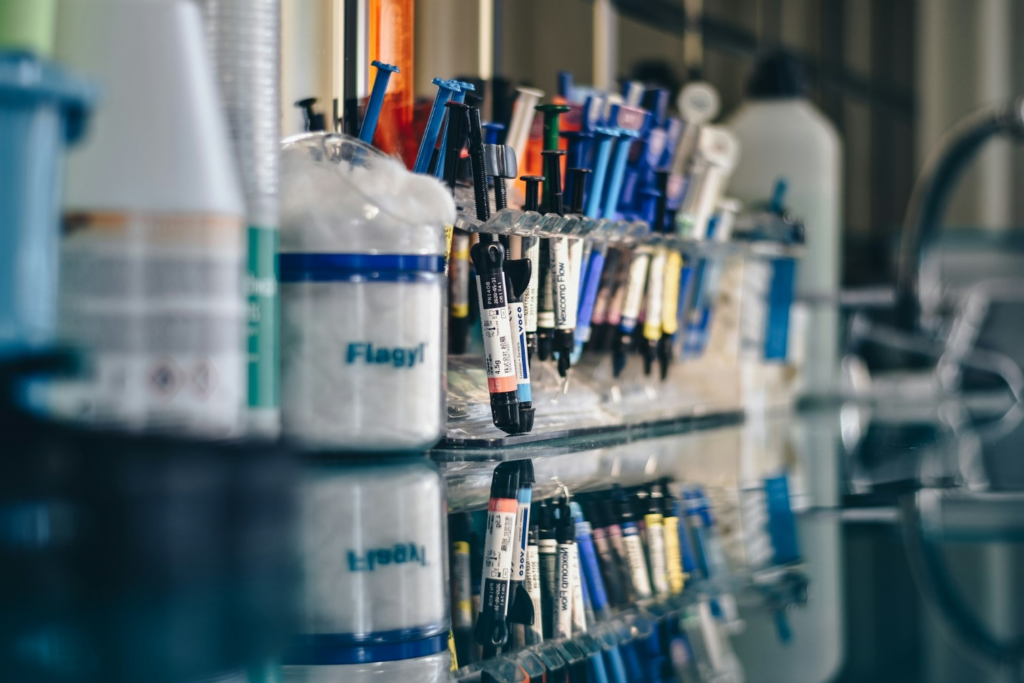
Surgical Needles
Surgical needles need to meet even more regulatory requirements compared to regular syringes, due to the fact that they are used in dangerous surgeries. As a result, only specialized thermoplastic materials are permitted to make these parts. Injection molding is the perfect way to handle these materials and bulk surgical needle orders.
Medical Boxes
Whether you need pill boxes or medical device boxes, injection molding is the answer you need. Manufacturing these boxes means that you have to scale up production regularly to ensure you can catch up with massive orders, and injection molding provides the solution to help you scale.
The Importance of Plastic Injection Molds
For medical device production, getting the right plastic injection mold is a crucial part of the process. If the mold has a defect of just about a centimeter, your customers may return thousands of defective products, costing you millions. To get the perfect mold for your project, contact our experts at Kuixing for more details. With over 25 years of experience in the industry, we will help kick-start your injection molding business with ease.
Injection molding is used extensively in the medical industry because it is a highly scalable process with high accuracy and efficiency. It is often used to make syringes, surgical needles, and medical boxes, as well as complex medical machines.
Reference:
